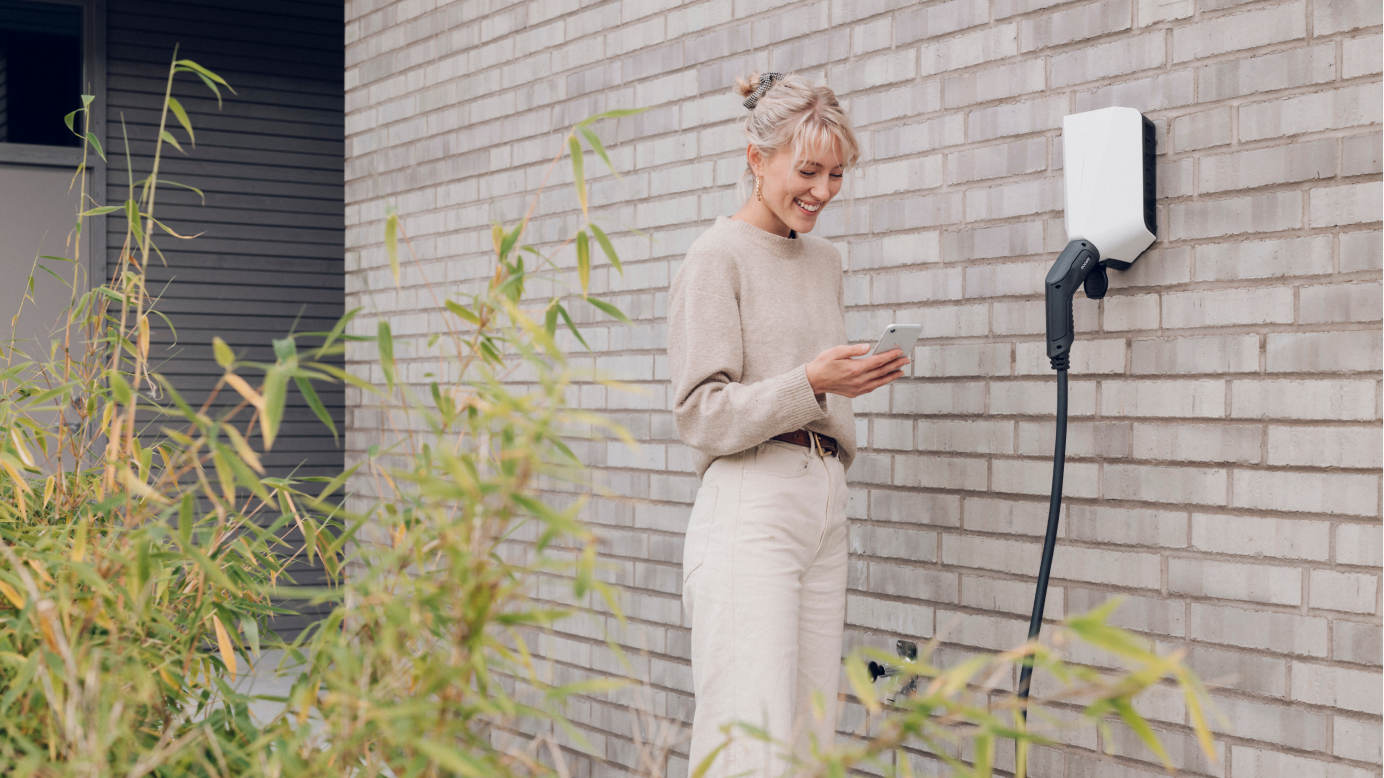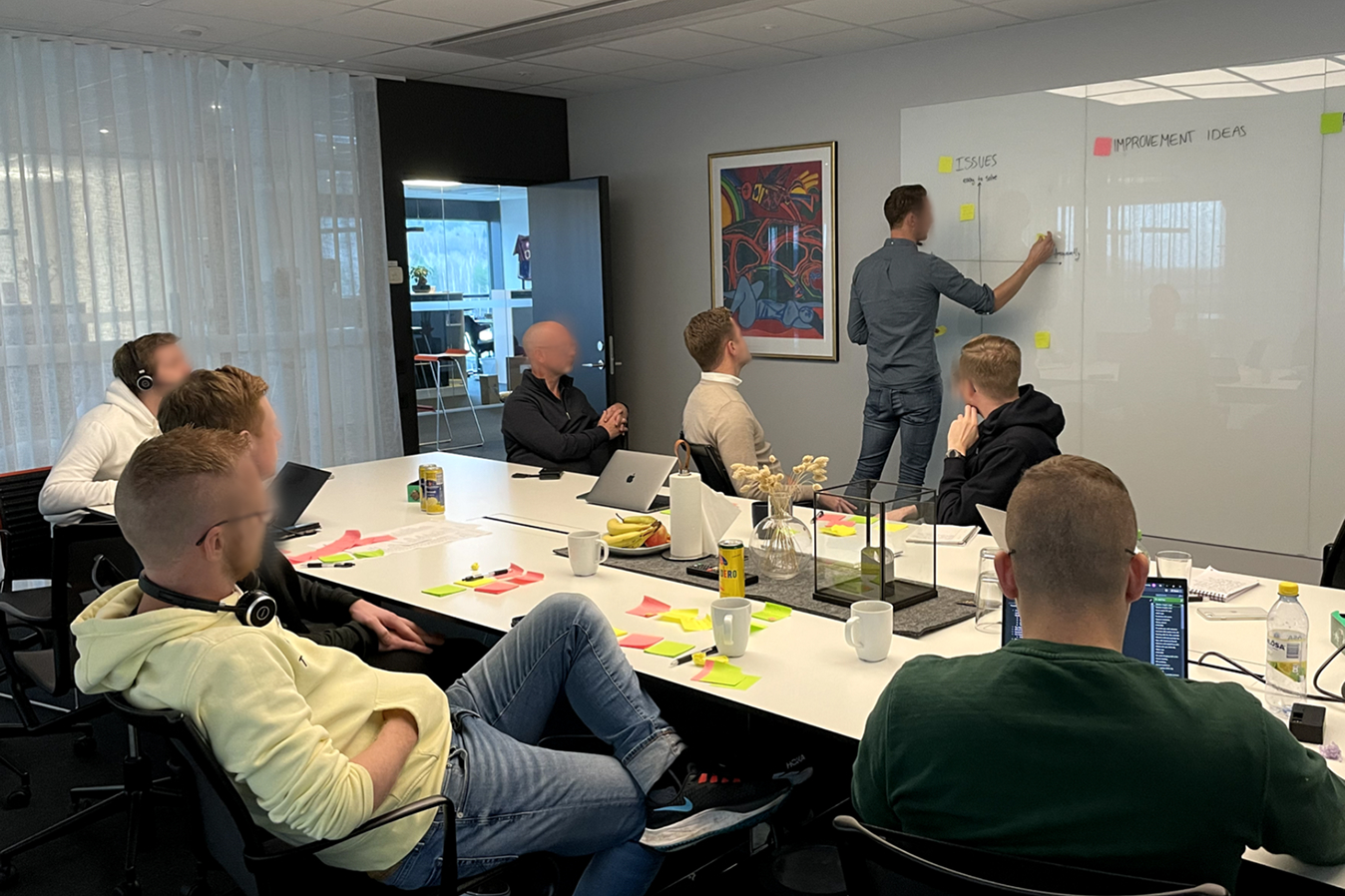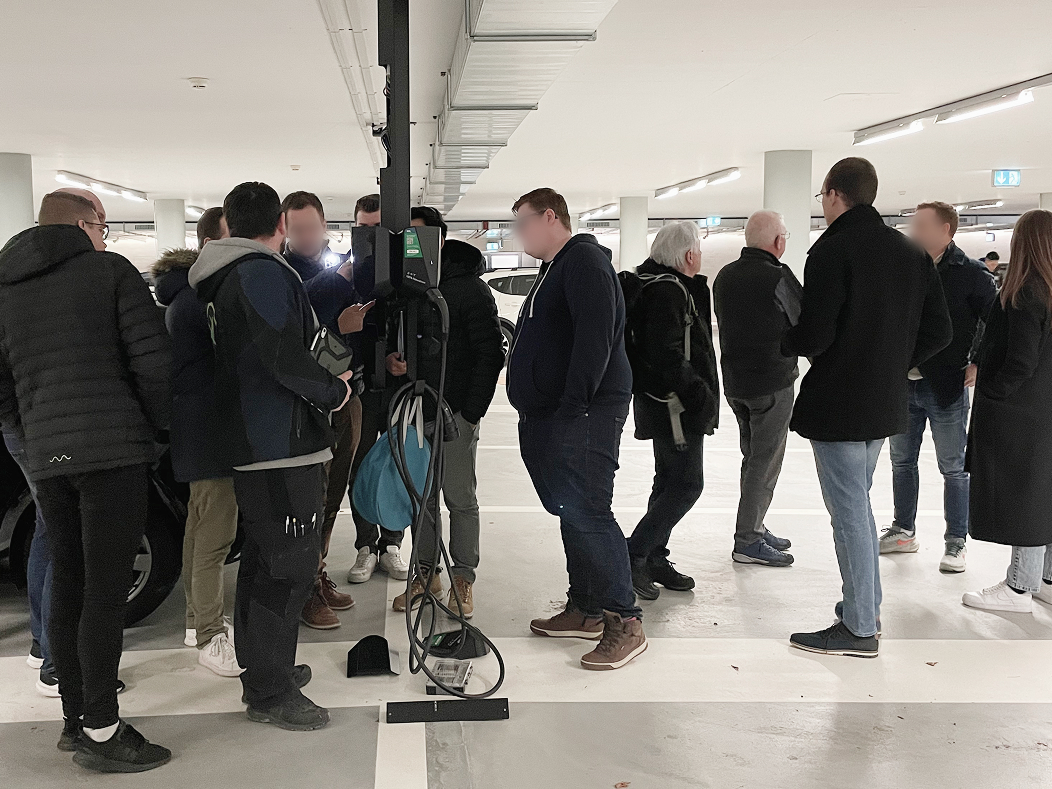
redesigning the support infrastructure
Discovery and strategy activities done as the designer in the support tech team at Easee.
About
This a collection of some the activities I did focusing on improving the support and troubleshooting infrastructure for smart charging solutions from Easee. It involved many small tasks to address urgent issues, along with comprehensive research and analysis of the support infrastructure for charging robots.
This led to identifying opportunities and developing early strategies to improve the experience and operational efficiency for Easee and its partners.
This led to identifying opportunities and developing early strategies to improve the experience and operational efficiency for Easee and its partners.












